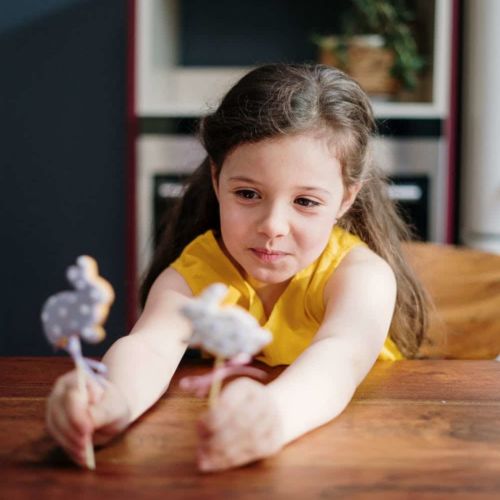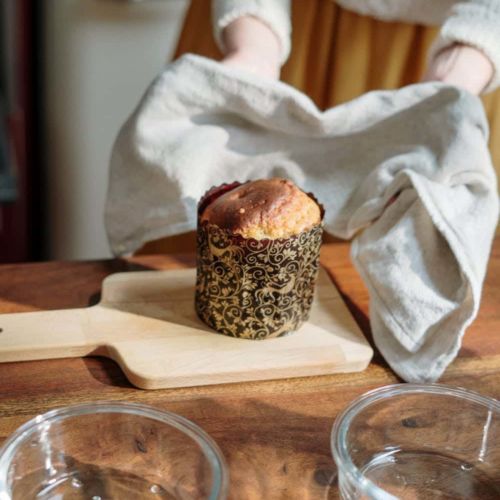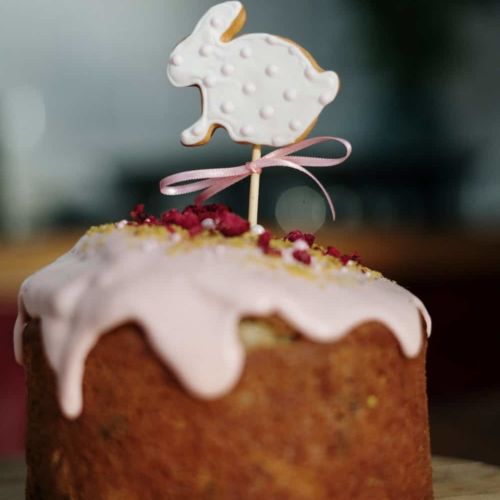11 unusual traditions of Easter – celebrated around the world
Easter customs vary depending on the corner of the world. Some of them may seem strange to us, but everyone is rooted in the traditions of a given country. We have prepared for you a list of the most interesting and original Easter customs from around the world. On the occasion of the upcoming Easter, the Clou media Team wishes you all the best.
1. Easter customs in Africa
On the occasion of Easter in Africa, churches and prayer houses are decorated with ornaments called “vitenge” and “kanga”. These decorations, created in the shape of butterflies, are made of flowers and banana leaves. African people sing international Christian hymns, but complement them with elements of their own culture. Therefore, singing and prayers are often accompanied by beating drums. Women also do so-called “kigelegele”, or loud shouts in high registers.
wow, die Lichteffekte wieder suuuuuper gelungen👌👌
Easter customs vary depending on the corner of the world. Some of them may seem strange to us
2. Easter customs in Armenia
In Armenia, one of the holiday customs is baking bread called cheorek. Armenians believe that when the Mother of God stood under the cross of Christ, she had bread with her, which was dyed red by the blood of the Savior.
3. Easter customs in Australia
In Australia, Easter customs have been interestingly influenced by the “campaign against rabbits”, which are doing a lot of damage in the fields. Popular, among others, reached Australia in France, the custom of hiding chocolate eggs for children in the garden. The Easter competition is won by the child who finds the most eggs. After the campaign, the eggs once tossed by the Easter rabbit are now hidden in the garden by Big Rabbit.
4. Easter customs in Ireland
On Holy Saturday a procession is taking place in the cities, during which people demonstrate their tiredness with a long fast and the desire to start the celebration. The march is led by a local butcher. The most interesting, however, is the fact that he carries a herring hung on a stick, whose residents beat with sticks, sticks and what they will fall into. The battered herring, symbolizing fasting, is thrown into the river. Then the butcher puts on the same stick decorated with sheep’s leg, which is to herald the time of feasting.
5. Finland – the attack of little witches
For the inhabitants of northern Europe, Easter is a repeat of Halloween. On Palm Sunday (Eastern Finland) and Holy Saturday (Western Finland), children dress up as witches to knock on the door of a neighbor and cast a spell on him. Don’t worry, it’s not a curse, because little Easter witches want to wish you a healthy and happy year. In exchange for a decorative twig, they expect a bit of pleasure and compensation in the form of Easter eggs, chocolate or coins. A broom, a bunch of willow branches and decorative feathers are a permanent element of any disguise. The scarier the costume, the better.
6. France (Haux) – a giant omelette for the whole city
In Haux, a city in the south of France, every year on Easter Monday, a giant omelette is served on the city’s main square. Speaking gigantic, I mean an omelette made of over 4,500 eggs, which eats up to 1,000 people.
7. Greece (Corfu) – pay attention to heads
In Greece, Easter is celebrated with a big bang. Every year on Holy Saturday, the day begins with a traditional “throw of the pot”. What does it mean? People throw pots, pans and other pottery from the windows, smashing them on the street. This custom is seen from the Venetians, who also like to throw objects out of the window and on the New Year, thus getting rid of worn objects. Others believe that throwing pots welcomes spring, symbolizing new crops that will be harvested in new pots. A very effective tradition, but who will clean everything later?
8. Florence – an explosive cart
Florentines have a 350-year-old Easter tradition called Scoppio del Carro, which in free translation means “a cart explosion”. A decorative, 9-meter stroller called “Brindellone” is pulled through the city by a pair of white oxen. The route begins around Il Prat warehouses, then the oxen head for Piazza Duomo to leave a cart between the cathedral and the baptistery. Around 11:00 am, as part of the Easter Mass celebrated at the Cathedral, the Archbishop of Florence at the altar lights a “Colombina”, a pigeon-shaped rocket (symbolizing the Holy Spirit), which runs along the cable attached to Brindellone. The igniter activates fireworks mounted on the trolley and a spectacular fireworks display begins. The significance of this custom goes back to the first crusade and is to ensure a good harvest.
9. Norway – escape into criminal novels
In Norway, it has become a tradition to read detective stories that publishers release with special markings of “Easter thrillers,” known as Paaskekrimmen.
It all began in February 1923, when two young Norwegian authors, Nordahl Grieg and Nils Lie, came up with the idea: to write a catchy crime novel and release a book ad in the newspaper on Easter Sunday. The ad was titled in the same way as a book. “Bergen train was looted at night” (original name Bergenstoget plyndret i natt). The promotion was so credible that no one distinguished fiction from the truth, and the book became a bestseller.
Since then, the Norwegians, taking a long break, are happy to spend time at home reading about crimes and solving criminal riddles.
10. Spain (Verges) – skeleton dance
Not only Northern countries have dark traditions. Every year on Holy Thursday in the Catalan city of Verges (Girona) there is a traditional dance of death “dansa de la mort”
To recreate scenes from the Passion, everyone dresses in skeleton costumes and parades through the streets. The procession ends with a macabre dance that begins at midnight and lasts until morning. Dance is to be associated with the “black death” in the fourteenth century, which consumed as much as 30-60% of the population of Europe at that time. The cause of the death of so many Europeans was the plague that came from Central Asia through the Silk Road. It is said that the scale of the plague was so large that it took 150 years to return to the number before the epidemic. Dance shows the passage of time and the inevitability of death that comes to all living entities.
Of course, each Spanish region has its own tradition and rituals, we chose the most interesting for us.
11. Guatemala – colorful flower rugs
Antigua in Guatemala is the site of the largest Easter celebration in the world, in which Jesus’ passion, crucifix and resurrection are commemorated. Colorful processions take place from Friday to Sunday. This tradition was instilled by Spanish missionaries in the 16th century. The whole city is involved in the preparation of the event.
























